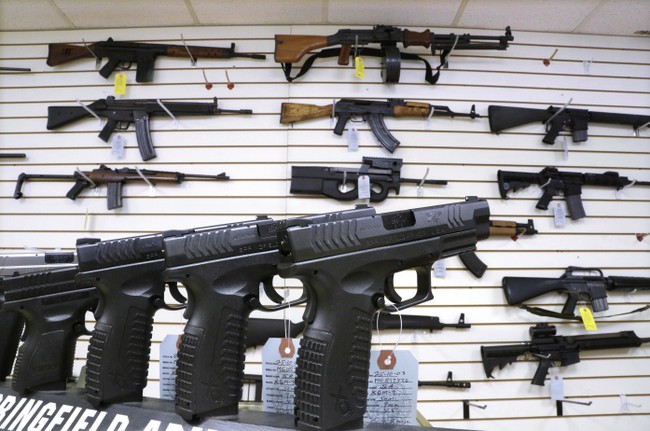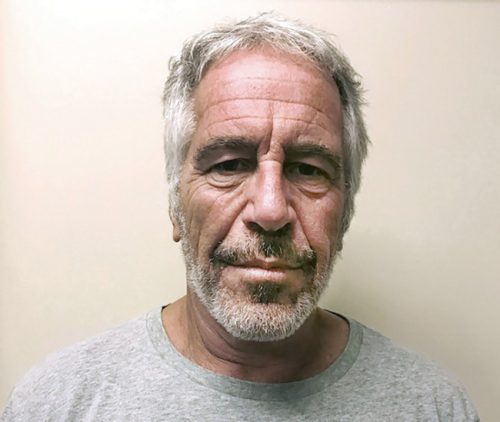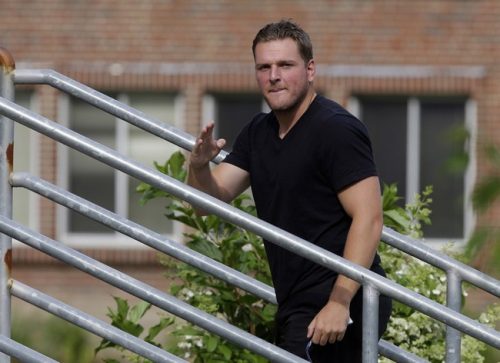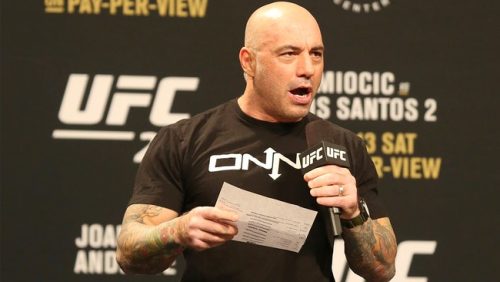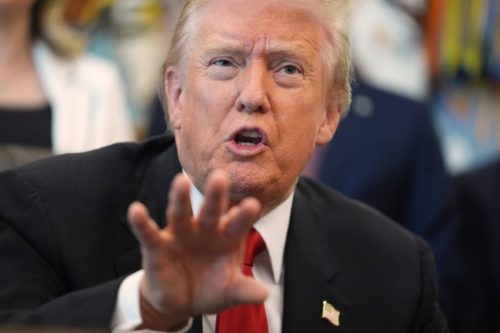New analysis finds mass shootings produce a narrow, local bump in turnout but don’t flip presidential votes.
Every time a headline-grabbing shooting hits, the same political fight bursts back into the room: should America change gun laws or defend the Second Amendment? The Left treats these tragedies as clear political capital, assuming emotions will translate into votes. A fresh study throws cold water on that assumption by showing turnout effects are limited and highly local.
Researchers at the University of Massachusetts Amherst and the Brennan Center for Justice at NYU Law assembled an unusually detailed dataset to test whether mass shootings motivate people to vote and whether they change vote choices. They matched incidents from public datasets with nearly half a billion individual voter records and focused on shootings that happened shortly before or after the 2016 and 2020 presidential elections. The goal was simple: see who actually shows up and whether they switch their presidential preference.
Mass shootings can spur higher voter turnout in nearby communities, but the effect is highly localized and doesn’t appear to change how people vote for president, according to new findings from researchers at the University of Massachusetts Amherst and the Brennan Center for Justice at NYU Law.
The study, published today in Science Advances, analyzed whether mass shootings motivate Americans to vote—and if they change whom voters support at the polls.
“Mass shootings boost turnout generally, but especially in deeply blue areas [and] without changing minds,” says Kelsey Shoub, associate professor of public policy at UMass Amherst. “However, they do seem to move the needle on very specific gun-reform ballot initiatives.”
Using data from the Gun Violence Archive and nearly half a billion individual voter records, Shoub and Kevin Morris, senior research fellow at the Brennan Center, built one of the most detailed datasets yet to study this question. They compared turnout in neighborhoods located within 10 miles of mass shootings that occurred shortly before or after the 2016 and 2020 presidential elections.
The results show mass shootings “mobilize local voters,” but their effects are limited in scope. Turnout surged by up to 10 percentage points in neighborhoods located within a half mile of a shooting in the weeks before an election. However, that boost disappeared beyond about five miles, indicating that the impact of mass violence on political behavior is highly localized.
The headline number — up to a 10 point surge inside a half mile — sounds dramatic until you see how fast it fades. The boost drops off sharply after a few miles, and by five miles the effect is essentially gone. That pattern tells you this isn’t a wave of national outrage converting casual observers into activists; it’s hyper-local reaction from people directly touched by or nearby an event.
The study also finds the turnout bump concentrates in Democratic neighborhoods, while Republican neighborhoods show little to no change. That partisan asymmetry matters because it undercuts the idea that such events automatically shift the broader electorate toward tighter gun laws. If the mobilization mainly redistributes attention inside already-blue communities, it won’t swing presidential outcomes.
Authors note one bright spot for gun-control advocates: very specific ballot measures, particularly in California, sometimes see nudges toward reform after local shootings. Even there, though, extrapolating California results to the whole country is risky. State-level politics, ballot design, and local campaigns all shape initiative outcomes, so a single-state pattern does not equal a national rule.
There’s also a methodological snag worth flagging: the study relies on the Gun Violence Archive, which uses a broad definition of “mass shootings.” That choice inflates counts compared with more restrictive definitions and can muddy comparisons across studies. Translating an archive’s raw incidents into politically meaningful events requires careful framing, and the archive’s inclusions matter for how dramatic any turnout signal appears.
Put together, the evidence suggests most people do not change their presidential vote because of a headline shooting, and only a small, nearby slice of the electorate becomes more likely to cast a ballot in the immediate aftermath. That reality doesn’t stop activists from trying to turn tragedy into sweeping policy change, but it does explain why the Left’s hopes for an automatic shift after each incident often disappoint.
Mass murder is rare and complicated, and it deserves sober policy debate rather than perpetual exploitation. Expect both sides to keep using tragic events to push narratives, and expect political strategists to tweak tactics when a local turnout blip appears. In similarly accurate news, Hillary Clinton has joined the Trump administration.

